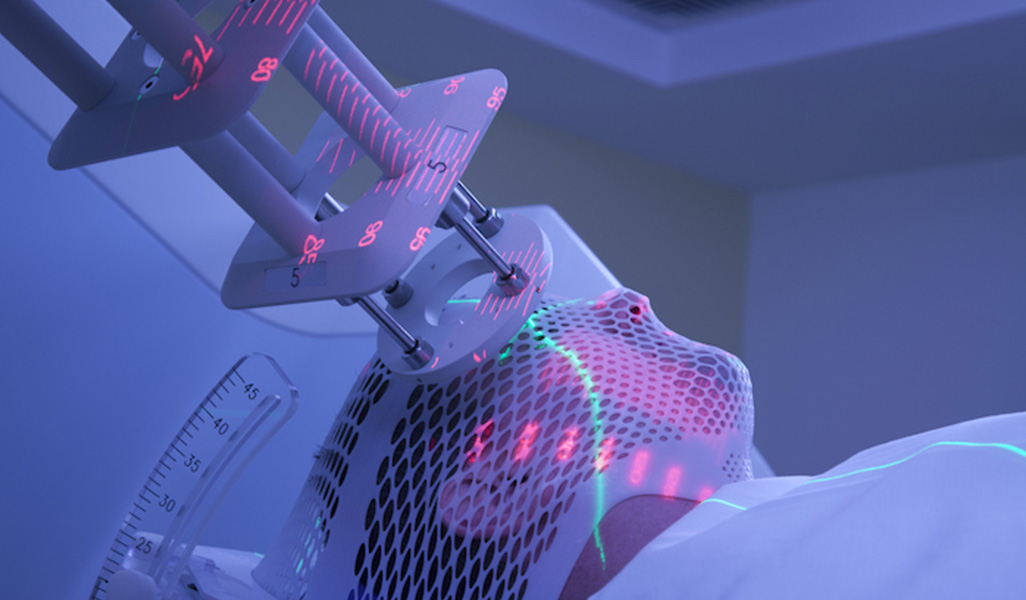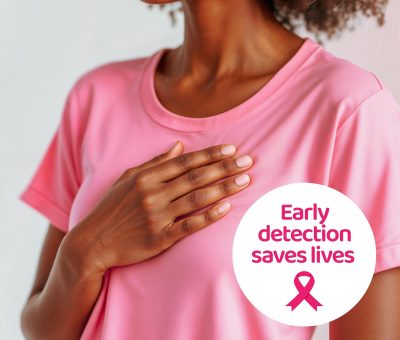Understanding radiotherapy

When one gets cancer treatment is generally imminent and necessary for survival. However, at the thought of one having to undergo radiotherapy, the thought of falling hair, loss of appetite fill one’s mind with horror. While these side effects have occurred among many that have undergone the treatment, understanding radiotherapy helps one better appreciate it.
Radiotherapy is used to treat breast cancer, melanoma, lung cancer, colorectal cancer, leukaemia, kidney cancer, non-Hodgkin lymphoma and uterine cancer.
Dr Fred Okuku, an oncologist at the Uganda Cancer Institute (UCI), says the therapy uses rays, which are directed to the masses or tumours to disrupt the growth signals by heating up the DNA in the cancer cells, thus disrupting their growth. While chemotherapy eventually spreads throughout the whole body, Dr Okuku adds, radiotherapy is restricted to a certain part of the body. Some cancers such as that of the cervix are treated with both radiotherapy and chemotherapy.
Other conditions necessitating radiotherapy are bone and brain tumours. “Apart from treating cancers, whole body radiotherapy can is used on patients undergoing bone marrow transplant,” he adds.
Radiotherapy is normally an outpatient procedure and patients may not need to be admitted to hospital with the treatment taking between two and 10 weeks. However, Dr Okuku says treatment duration depends on factors such as cancer type and stage. This treatment method comes with side effects such as swelling, skin changes, difficulty in swallowing, fatigue, hair loss, tenderness and inflammation.
Types
External beam radiotherapy (EBRT): This is when a linear accelerator or a cobalt 60 machine is used to deliver high-energy rays to the contour of the tumour.
“The machine moves around the body without touching the patient and aims radiation at the cancer. Some types of focused EBRT target a tumour with higher, more precise doses of radiation, while reducing damage to healthy tissue and nearby organs. Ultimately, EBRT may help reduce the risk of side effects associated with traditional radiation treatment,” Dr Okuku says.
However, every patient’s experience during EBRT depends on the cancer type, location and size of the tumour. Nonetheless, patients need not wear jewellery when the therapy is being administered. While EBRT is painless and the patient must remain stable as it is administered for accuracy, anxiety may cause a patient to move.
Brachytherapy: Also called internal radiation, a radioactive implant (pellets, tubes, balloons, or capsules) is put inside the body in or near the tumour in a usually painless procedure. Depending on the type of cancer and treatment plan, Dr Okuku says a patient may get a temporary or a permanent radiation source that is usually sealed in an implant depending on the dose rate they are receiving. That way, fewer normal cells are harmed. The one used is dependent on the cancer type, its location, one’s general health as well as treatment types they have undergone. For example, high-dose rate brachytherapy allows for one to be treated in a few minutes before the implant is removed. On the other hand, low-dose rate brachytherapy gives off lower radiation doses for a long time period. For such, one may have to stay in hospital for several days.
“Unlike EBRT, this type of radiotherapy allows for a higher radiation dose to be applied in a smaller area,” he says.
Other types include intensity-modulated radiation therapy (IMRT), image-guided radiation therapy (IGRT), tomotherapy and stereotactic radiation procedures . Dr Okuku says the capacity to manage the most complex cancer at UCI is growing by the day as more cancer experts are being trained both locally and internationally.


















